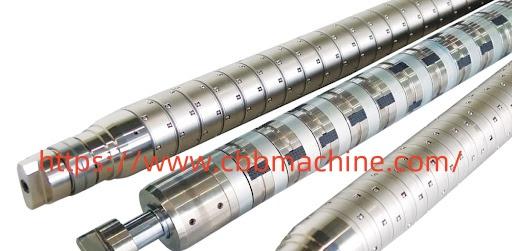In modern material winding and slitting processes, engineers often seek efficiency upgrades by introducing a Differential Air Shaft to ensure accuracy during multi-roll tension balancing.
These shafts play an essential role in applications where multiple rolls of material must be wound simultaneously under equal tension. In traditional winding systems, variation in roll diameters can lead to uneven tightness and eventual waste. Differential shafts solve this by distributing torque evenly across multiple cores, adapting in real-time to discrepancies in roll diameter or material stretch.
The key advantage of this technology is its ability to maintain consistent tension across all web lanes. It uses internal friction or ball-and-cam mechanisms that respond dynamically to torque changes, allowing each roll to rotate independently while driven by a single motor. This prevents over-tightening and slack—issues common in conventional shaft designs.
In industries such as film production, paper converting, and adhesive label manufacturing, precise control over winding pressure translates directly into product quality. Without this level of accuracy, surface wrinkles, telescoping rolls, or edge misalignment can compromise performance. By adopting a more responsive winding system, businesses achieve more predictable output and fewer production delays.
Another important aspect of these shafts is their compatibility with a wide range of core sizes and materials. Whether using paper, plastic, or composite cores, the shaft can be customized with spacers and core chucks to suit specific requirements. This flexibility reduces the need for multiple machine setups and lowers inventory costs.
Moreover, improved productivity is also a result of the shaft’s quick core-locking and release capabilities. Operators can load and unload rolls more efficiently, reducing machine downtime during roll changes. Combined with air-actuated expansion mechanisms, these shafts enhance ergonomic handling and overall workflow safety.
Maintenance is minimal when the system is designed with sealed bearings and durable friction elements. Regular inspections and occasional cleaning keep the system running smoothly for extended operational life. Additionally, some shafts can be paired with digital torque monitors to help operators make adjustments in real-time.
Choosing the correct shaft depends on factors such as web width, roll diameter, machine speed, and material thickness. Consulting with technical experts is advisable for selecting the right configuration for your specific production line.
For more technical insight and product support, visit www.cbbmachine.com

